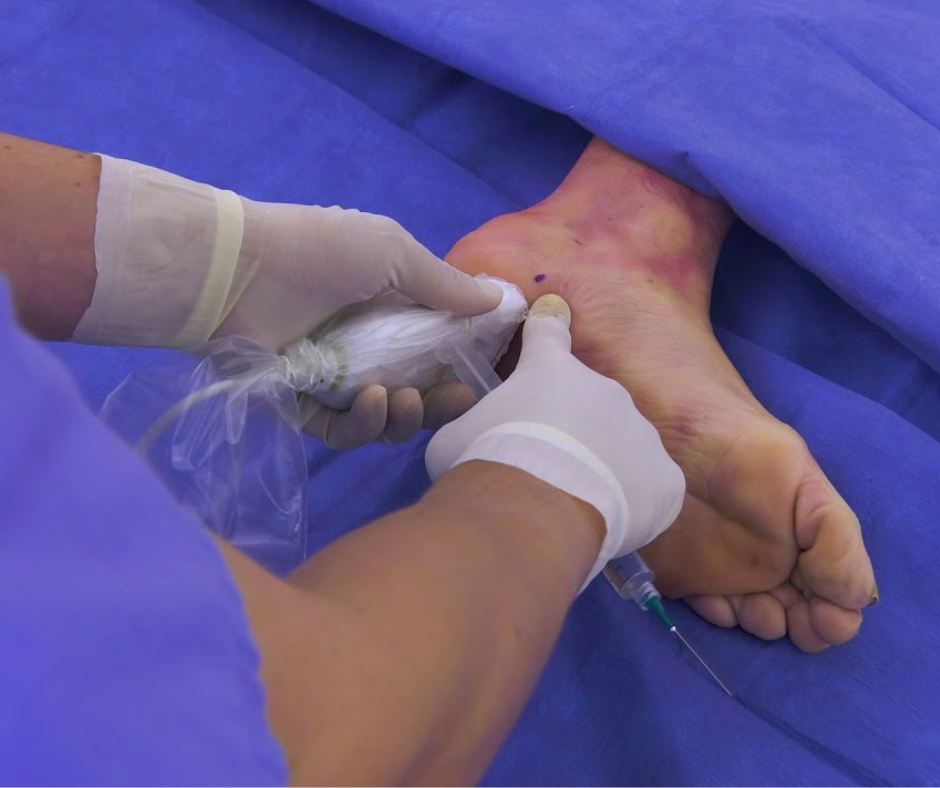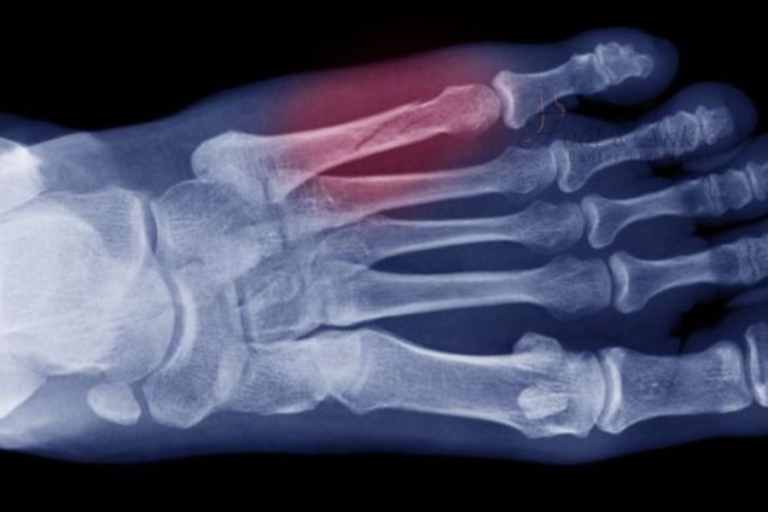Plantar fasciitis is among the most common causes of heel pain, often treated successfully with conservative measures. However, for a small percentage of patients, chronic symptoms persist, and surgical intervention becomes a consideration. Before proceeding, it is crucial to understand the long-term effects of plantar fasciitis surgery—not only the potential benefits but also the associated risks and recovery expectations. This comprehensive guide explores what patients can realistically expect years after undergoing this procedure.
What Is Plantar Fasciitis Surgery?
Plantar fasciitis surgery, typically referred to as plantar fascia release, involves the partial cutting or detachment of the plantar fascia ligament to relieve tension and inflammation. It is generally reserved for cases that do not respond to six months or more of non-invasive treatments such as orthotics, stretching, physical therapy, or corticosteroid injections.
Understanding the long-term effects of plantar fasciitis surgery requires a look beyond the initial recovery phase to examine how the surgery impacts foot function, lifestyle, and overall well-being.
Positive Long-Term Outcomes After Surgery
Many patients report significant improvement in quality of life following surgery. Common long-term benefits include:
- Sustained reduction in heel pain
- Enhanced mobility and physical activity levels
- Improved sleep quality and daily functioning
- Decreased reliance on medications or assistive devices
These outcomes contribute to the appeal of surgery for individuals with long-term, treatment-resistant plantar fasciitis. The long-term effects of plantar fasciitis surgery can be life-changing when the procedure is successful and followed by proper post-operative care.
Recovery Timeline and Long-Term Rehabilitation
Post-surgical recovery varies by individual but generally follows this timeline:
- 0–2 weeks: Rest, elevation, and restricted weight-bearing
- 3–6 weeks: Gradual reintroduction of movement and walking with support
- 6–12 months: Full recovery, including tissue remodeling and muscle strengthening
The long-term effects of plantar fasciitis surgery often become more evident during the rehabilitation phase. Engaging in consistent physical therapy and exercise is critical to regaining function and preventing future complications.
Biomechanical Changes and Gait Alterations
A key consideration in evaluating the long-term effects of plantar fasciitis surgery is its impact on the biomechanics of the foot. Since the plantar fascia contributes to arch support and shock absorption, altering its structure may lead to:
- Changes in arch height or development of flatfoot in some cases
- Altered gait patterns that affect posture and balance
- Secondary pain in the ankles, knees, hips, or lower back
These changes underscore the importance of continued use of orthotic devices and monitoring for musculoskeletal imbalances over time.
Potential Long-Term Complications
While complications are uncommon, some patients experience negative long-term effects of plantar fasciitis surgery, including:
- Nerve entrapment or damage due to scar tissue formation
- Heel pad atrophy, leading to reduced cushioning during walking
- Chronic inflammation or new onset of foot pain in different locations
Close follow-up with a podiatric specialist and early intervention for post-surgical issues can help mitigate these outcomes.
Recurrence and Chronic Symptom Management
Surgery is not a guaranteed cure. In fact, studies have found that 5% to 15% of patients may experience a recurrence of symptoms. Factors influencing recurrence include:
- Non-compliance with post-operative protocols
- Premature return to high-impact activities
- Underlying biomechanical or systemic issues, such as obesity or diabetes
Thus, understanding the long-term effects of plantar fasciitis surgery involves acknowledging that ongoing management and preventive care remain essential.
Physical Therapy as a Long-Term Strategy
Structured physical therapy following surgery supports optimal recovery and long-term health of the foot. Goals include:
- Restoring range of motion and strength
- Correcting imbalances or gait abnormalities
- Preventing compensatory injuries
Engagement in a customized rehabilitation plan can maximize the positive long-term effects of plantar fasciitis surgery and reduce the risk of developing secondary conditions.
Psychological and Lifestyle Improvements
For patients living with long-term pain, surgery often brings emotional relief. Positive psychological outcomes reported post-surgery include:
- Improved mood and mental health
- Renewed confidence in daily movement
- Re-engagement in physical and recreational activities
These quality-of-life enhancements are an important aspect of the long-term effects of plantar fasciitis surgery and should be considered alongside clinical outcomes.
Financial Considerations and Cost-Effectiveness
Though surgical treatment can be costly upfront, many patients find the investment worthwhile over time. Benefits include:
- Reduced spending on recurring conservative treatments
- Fewer work absences due to foot pain
- Long-term savings on medications and medical consultations
Analyzing the long-term effects of plantar fasciitis surgery from an economic standpoint highlights its value for patients who have exhausted other options.
Best Practices for Long-Term Surgical Success
To ensure favorable outcomes, patients should adhere to the following long-term recommendations:
- Follow all post-operative instructions carefully
- Commit to regular physical therapy and follow-up appointments
- Maintain a healthy body weight
- Wear supportive footwear at all times
- Be vigilant about new symptoms or complications
These best practices can enhance the long-term effects of plantar fasciitis surgery and promote sustained foot health.
Frequently Asked Questions: Long-Term Effects of Plantar Fasciitis Surgery
Q1. Can plantar fasciitis return years after surgery?
Yes, recurrence is possible, particularly if proper post-surgical care and lifestyle changes are not maintained.
Q2. Will I need orthotics after surgery?
In many cases, yes. Orthotics can help support altered foot biomechanics and prevent recurrence.
Q3. Are there risks of nerve damage in the long term?
Though rare, nerve irritation or entrapment due to scar tissue is a potential complication.
Q4. How long does it take to feel “normal” again?
Most patients begin to feel lasting improvements within 6–12 months, but full benefits may take up to a year.
Q5. Is surgery a permanent fix?
It is a long-term solution for many, but maintenance strategies are key to sustained results.
Conclusion: Is Surgery the Right Long-Term Solution for Plantar Fasciitis?
Surgical intervention for plantar fasciitis is typically a last resort—but for patients with chronic, unresponsive heel pain, it can offer meaningful, lasting relief. The long-term effects of plantar fasciitis surgery are generally positive when combined with a commitment to rehabilitation and preventive care. However, patients must remain aware of potential risks and complications and actively participate in their recovery process.
Consultation with a qualified podiatrist or orthopedic surgeon is essential to determine whether surgery is appropriate based on your specific medical history and lifestyle. When executed well and followed by a comprehensive aftercare plan, plantar fasciitis surgery can pave the way for improved mobility, comfort, and quality of life.




